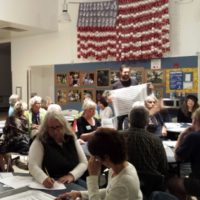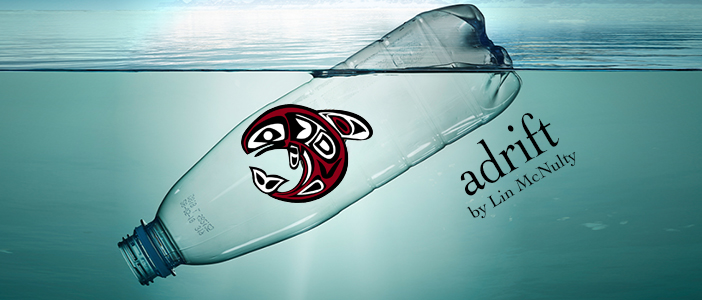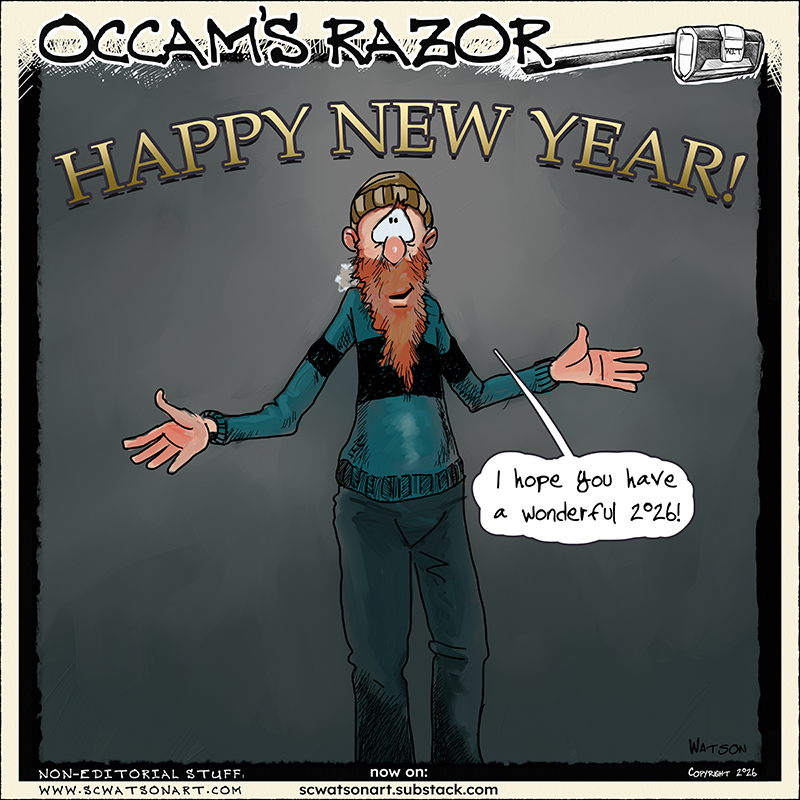— by Margie Doyle —
[metaslider id=55642]
“We are asking you to consider ways in which we can modify the vision of the 20-year-old Vision Element of the Comprehensive Plan; and set policy direction today.”
Over 60 Orcas Islanders took up that challenge from San Juan County Department of Community Development and attended the Comprehensive Plan Vision workshop on Tuesday, Oct. 3. In attendance at the school cafeteria were Erika Shook, Community Development Director and her assistant Adam Zack. County Councilman Rick Hughes also attended.
Consultants from Studio Cascade Community Planning of Spokane, Wash., and Community Attributes, a Seattle-based economics, planning and data systems firm, facilitated the meeting. Participants clarified the process later in the evening to explain that the consultants will gather and organize the information to present to county staff and ultimately the County Council. However, public comment and input are strongly encouraged throughout the process, culminating in public hearings before the Council prior to finalization. (See sanjuanco.com/How to comment on the CompPlan).
Bill Grimes, founder of Studio Cascade, compared the Vision statement to an Executive Summary. He said that the Vision for the Comprehensive Plan is based on a statement that was made 20 years ago. Since then, just on Orcas Island alone, there have been completed subarea plans for the communities of Deer Harbor, Rosario and Orcas.The Comp Plan update process will update the Vision into goals and policies in the County Comprehensive Plan.
The existing Vision Statement starts with a statement of community:
“We envision a community that is primarily rural, made up of islands of varying character, each with its own unique qualities. The islands are places of peace and mutual tolerance, where citizens of differing backgrounds and beliefs respect each other’s dignity, privacy, and freedoms.
“We communicate effectively and openly and work together toward goals identified as being for the common good We foster a sense of neighborliness, or self-sufficiency, and community pride that has long been a part of our island character.”
The three days of pop-up studios at island markets on San Juan, Lopez and Orcas (where the consultants and county staff met “a constant stream of conversations with people just trying to make a living”); and at each island’s community workshops in the evenings, were an effort to involve islanders in the Vision element of the County’s Comprehensive Plan. At the evening meeting, flip charts of comments made earlier in the day at the pop-up presence at the market were displayed.
All were encouraged to complete a mini-poll on “Planning Priorities” regarding housing, land use, economy, transportation and environment. Emerging policy issues to be clarified in the direction and priorities of the Vision Statement were identified as:
- economic shifts
- employment
- housing availability
- changing expectations
Most of the evening workshop was spent completing an exercise where individual tables judged how well the existing elements perform now; then how well they county should perform on that element in the future (“aspirations tempered by reality”). The second part of the exercise “budgeted” the amount of time, effort, resources and funding should be allocated to each category, with a limit of 20 “budget points” for all categories.
The tables of eight worked diligently to address the 10 categories of the vision statement, and to include the most important element that the table felt was NOT included in the other categories:
- Basic Human Needs
- Education
- Economy
- Natural Environment
- Land Use
- Transportation and Communication
- Energy and Resources
- Arts, Culture and Recreation
- Heritage and Historic Preservation
- Governance
When they reported out to the whole group, table spokespersons commented:”We had some realists in our crowd” and “We followed directions.”
The “extra” element was identified at most tables as climate change; education was also highlighted at two tables.
The “carrying capacity” — the ability of county infrastructure and resources to meet population demands — was discussed among the full group after the individual tables had reported out. Councilman Hughes said that balancing an open and inclusive community with maintaining adequate resources will be a challenge as the county grows and develops.
The existing version of the County Comprehensive Plan states in its preamble: “We the People of San Juan County recognize that these rural islands are an extraordinary treasure of natural beauty and abundance, and that independence, privacy and personal freedom are values prized by islanders. Being a diverse people bound together by these shared values, we declare our commitment to work towards this vision of the San Juan Islands in 2020.”
The meetings last week are just the beginning of a process that is expected to be finalized in 2018, for a Comprehensive Plan effective till 2036. Already progress has been made on drafts of the Housing Needs Assessment, and the Capital Facilities and Utilities Inventories for the 2036 Comprehensive Plan update. These documents are posted on the County website: https://sanjuanco.com/1306/Comprehensive-Plan-Elements under the tabs labeled “Housing,” “Capital Facilities” and “Utilities”. Comments on these items can be sent by email to compplancomments@sanjuanco.com or by regular mail to SJC Department of Community Development, PO Box 947, Friday Harbor, WA 98250.
Representatives of the Community Vision Planning group asked attendees to complete the Eastsound Vision Survey regarding the future of Eastsound Village, online at eastsoundvision.com
Many materials presented at the meeting are available at the county website: https://www.sanjuanco.com/1306/Comprehensive-Plan-Elements
(from the Citizen’s Guide to Effectively Participating in the San Juan County Comprehensive Plan Update: https://sanjuanco.com/DocumentCenter/View/12215)
- Subscribe to notices.
- Get the latest news and track the progress of the Update.
- Check the project website for staff reports and draft documents. Review project materials and ask questions to clarify or increase understanding.
- If you don’t support a proposal, tell us what and why. Make your comments specific and direct. Avoid general statements such as “Protect the environment.” Help us by identifying specific goals and policies, or changes/additions to documents that you think need to be made and why. Or let us know what part of the environment needs protection, and what it needs protection from.
- Make specific suggestions such as delete line 15, on page 4 and replace it with the following sentence:…..
- Make your comments constructive. If you have a criticism, also try to suggest a solution.
Let us know what you think the problem is and what possible solutions there are. - Use facts not rhetoric The more clearly you state the facts, the better your chances are of getting the results you seek. Rhetoric can obscure facts.
- Comment before or at public hearings. Make sure your comments are part of the official record
by commenting (either verbally in writing) during the official public comment periods for public
hearings of the Planning Commission and County Council. - Please read the hearing notice for special instructions on how and where to submit written or email comments. Please clearly identify the topic in the subject line. Example Population Projection Selection: State share method.
- Check deadlines. If you are submitting written comments on a matter that may have a comment
deadline, be sure to check out the deadline and submit material well ahead of time to account for possible mail or filing delays. - Keep copies. When writing to us, whether it is an official comment submission or not, keep a copy of what you have written and know to whom you sent it. This can be a valuable reference in your follow-up contacts.
- Sign in. County meetings often have sign-in sheets. Although there is no requirement to sign in, the sign-in sheets are often used as mailing lists for later communication about the issue at hand.
- Avoid the shotgun approach. Give the first person you call with a question or comment a chance to respond. Calling several people might end up duplicating work on your question, which is not
effective use of county time —paid by taxpayers. - Send us an email.General comments can be emailed to:compplancomments@sanjuanco.com.
Please check public hearing advertisements for specific instructions on how to comment and to
whom email and written comments must be sent.
**If you are reading theOrcasonian for free, thank your fellow islanders. If you would like to support theOrcasonian CLICK HERE to set your modestly-priced, voluntary subscription. Otherwise, no worries; we’re happy to share with you.**








